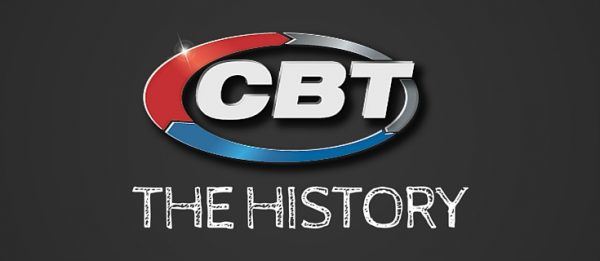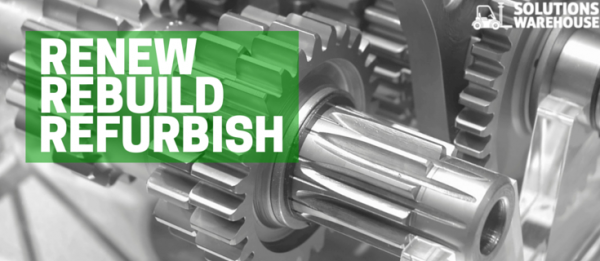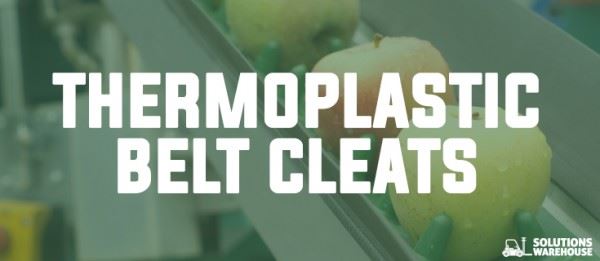In honor of our CBT Cincinnati move on July 25th, we wanted to highlight the history of CBT. Take a trip down memory lane to learn where it all began…
On July 25, 2016 CBT will officially conduct its first day of business at the new Cincinnati location. 5500 Ridge Avenue will house around 100 CBT employees while we continue to grow and service our customers for decades to come. Many factors were taken into consideration when searching for the perfect location and designing the state-of-the-art headquarters. So, what does this mean for you?
Last June, we announced we are moving our Cincinnati headquarters to 5500 Ridge Ave., in the summer of 2016. We were quickly outgrowing our West 6th Street facility and began searching in 2013 for a new location that could support our expanded product and service offerings for the next 30 years. We purchased the old Kmart facility at 5500 Ridge Ave. and developed plans for our new, 95,000 sq. ft. home. The facility incorporates a number of customer-centric features, including a 43,000 sq. ft. customer solutions center offering state-of-the-art training, demonstration, and application testing areas, as well as an expanded customer service area to help us better serve you.
In 2003, IEEE 802.af brought standardization to PoE with the ability to supply up to 15.4W over two pairs of a copper cable. With devices like wireless access points (WAPs) and pan-tilt-zoom cameras needing more power, IEEE 802.3af was introduced in 2009 to supply up to 30W of power, otherwise known as PoE Plus. Shortly thereafter, Cisco introduced Universal PoE (UPOE), expanding upon PoE Plus to deliver 60W of power over all four pairs.
Machinery is expensive, and unfortunately won’t last forever. To many, the first option would be to replace their gear drives or transmissions, but CBT partner Rexnord provides an alternate solution. Rexnord offers a one-of-a-kind program that will renew, rebuild, and refurbish your equipment. Not only do they guarantee the renew cost will not exceed 75% of the cost to replace the drives, but they also offer warranties to back up their work for three years.
Flights, paddles, and pushers are all different names for belt cleats on a conveyor belt. Cleats are upright profiles attached to the top surface of belts to increase load capacity on incline systems. Belt cleats come in different sizes, shapes, colors, and compounds. Generally, the cleat must be made of the same compound as the belt in order to achieve a good bond for long service life. There are two broad categories of compounds — rubber and thermoplastic.
Approximately 20% of workplace injuries are caused by slips, trips, and falls. These incidents result in an average of 11 days away from work and cost $40,000 per incident. According to a survey by the Bureau of Labor Statistics, slips, trips, and falls were the third-most common injury in the workplace.
March of 2010, the DOE (Department of Energy) instituted a ruling that incorporates small motors into their Energy Efficiency Programs. The DOE, as required by law, is mandated to review the readiness of the Energy regulations based on current materials and manufacturing technologies. This SMR (Small Motor Efficiency Rule) includes motors that are described in the information below. This rule went into effect on March 9, 2015. Motors requiring outside agency approval, such as UL or CSA have a 2 -year extension and need to comply by March 9, 2017.





















